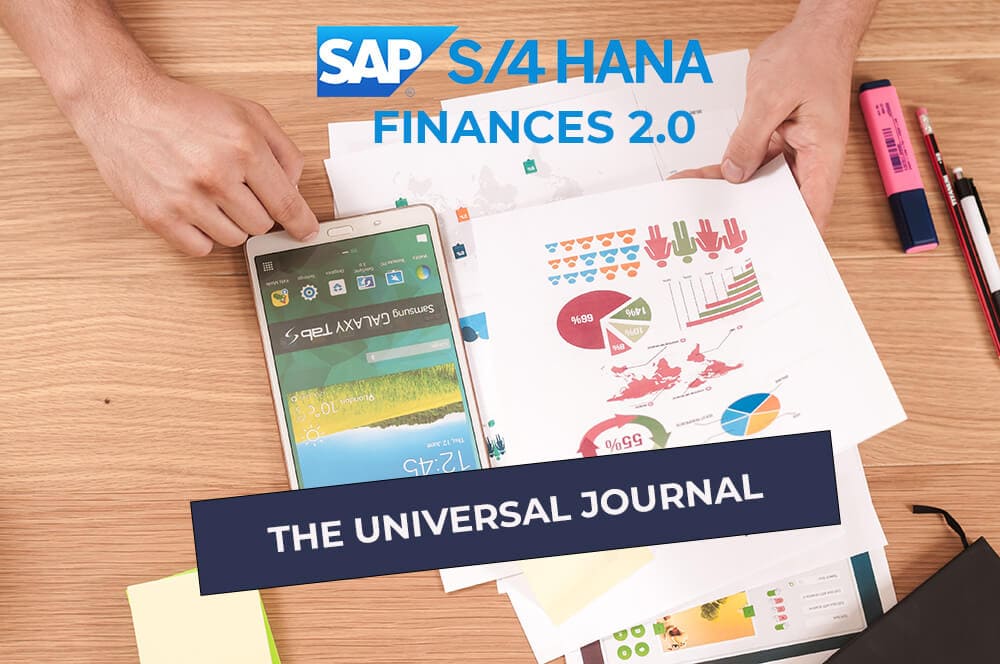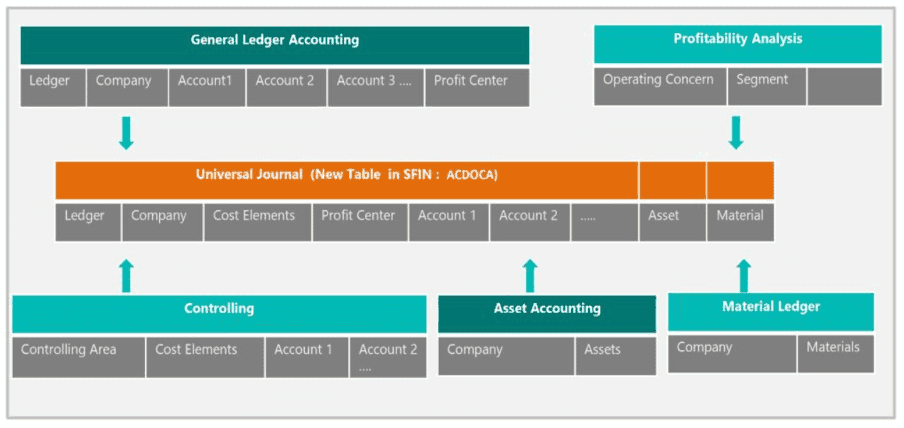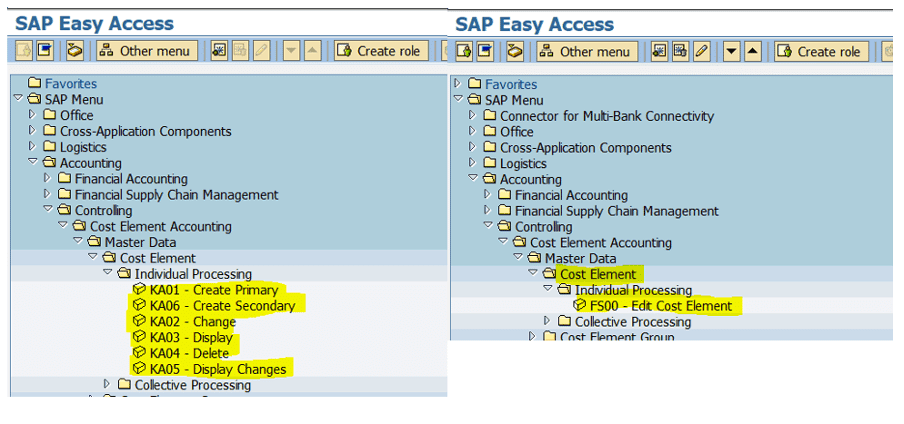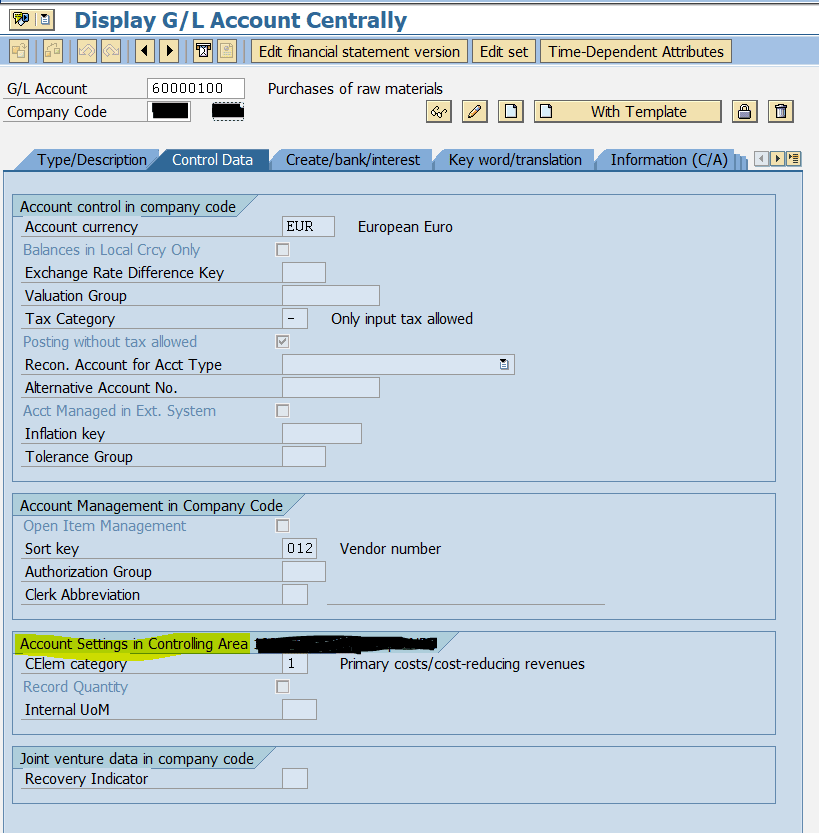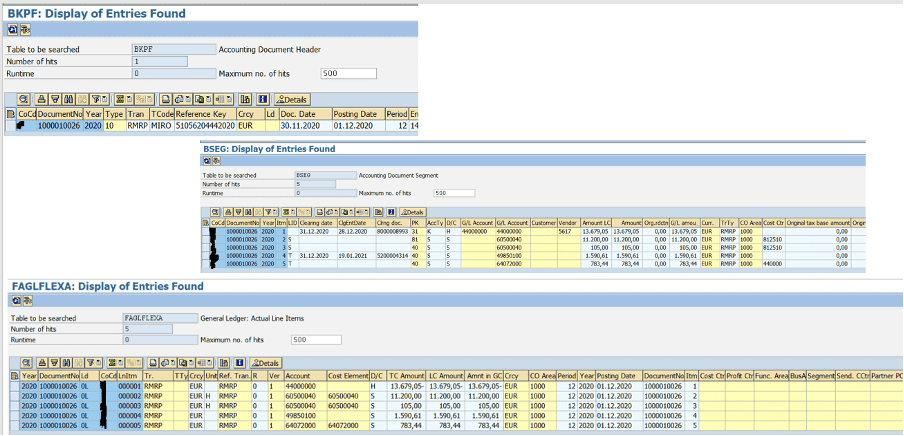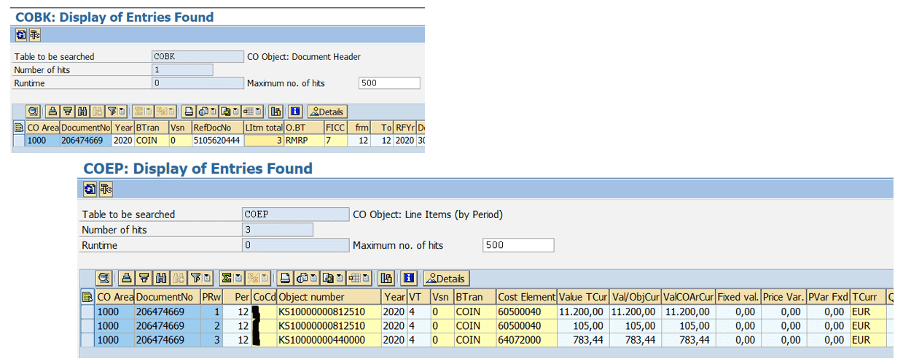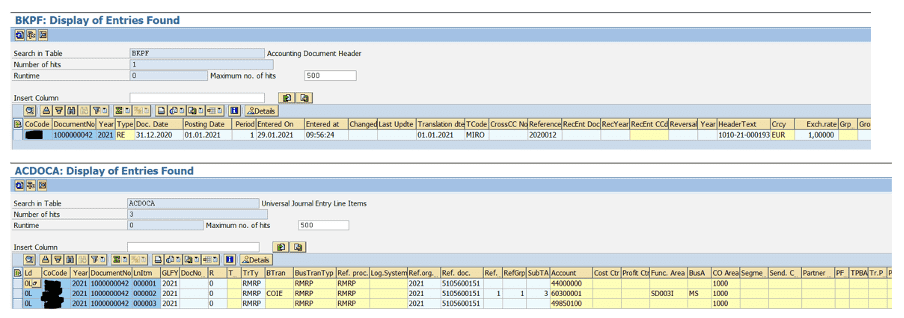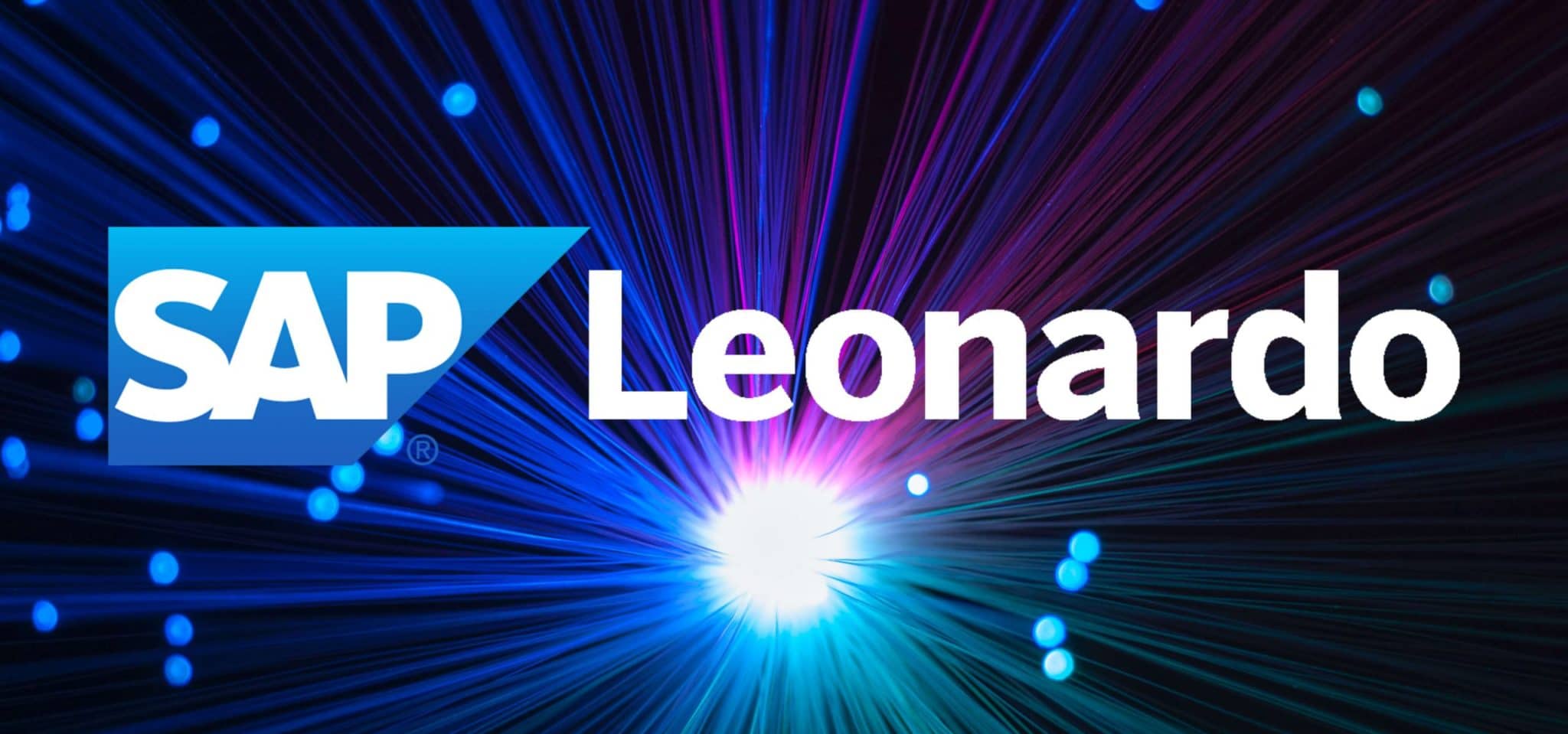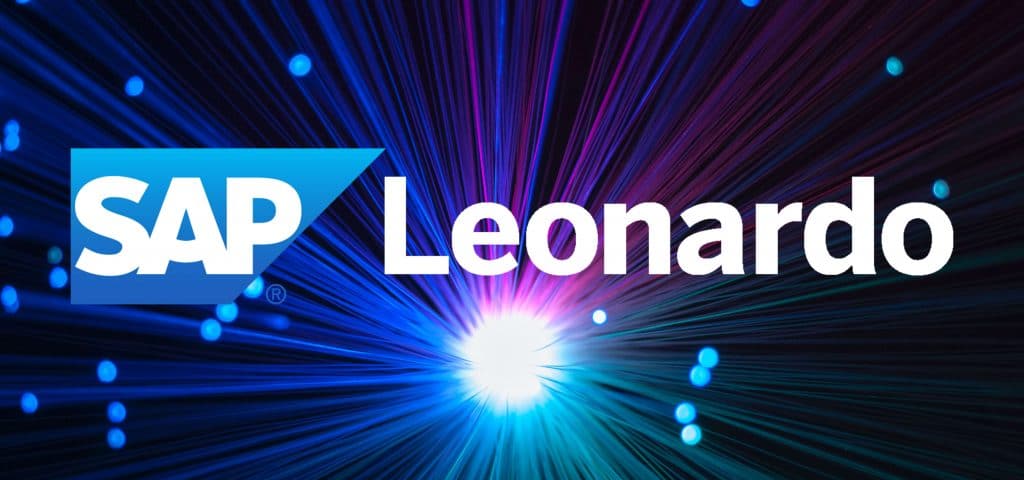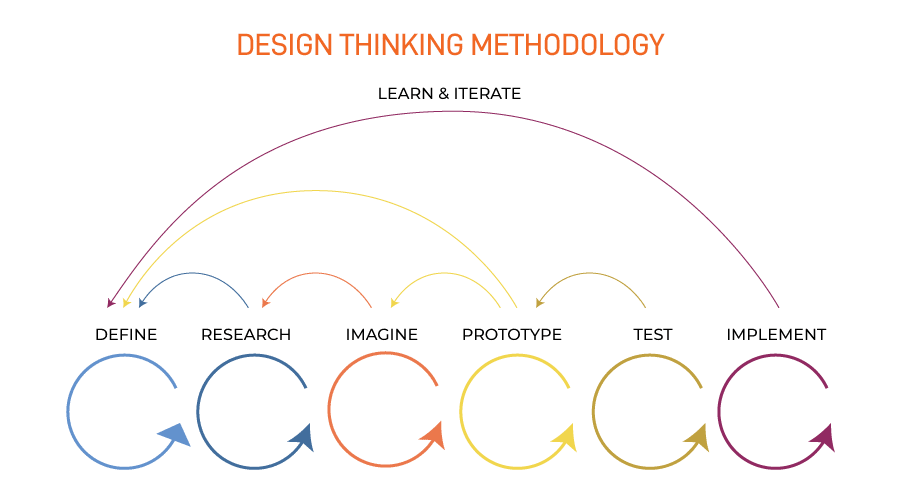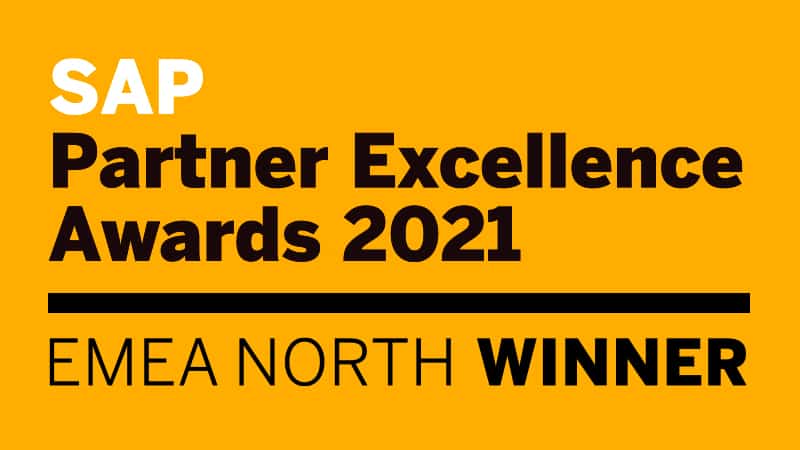Electronic invoicing, what are the new obligations in Belgium?
Home - SAP

Electronic invoicing: obligations in Belgium
Minh-Thu Dotu
Deadlines in Belgium
In Belgium, electronic invoicing is required in public procurement since 2018 in Flanders, and later in the other regions.
Data exchange is done via the secure PEPPOL network, the PAN-European Public Procurement Online.
For B2B activities, no schedule has been set yet. The validation of the network(s) is not yet communicated.
The same is true for the format in which the data must be structured.
We will inform you as soon as the governmental decisions are made!
Comparison with our French neighbors
In September 2021, the French government sets the obligation of electronic invoicing between companies subject to VAT and established in France.
The obligation is staggered according to the size of the company and will apply from July 2024 for large companies.
Each company is free to choose one or more Partner Dematerialization Platforms (PDP) or the Public Billing Portal (PFP).
Our experts
Our experts have deployed the solutions designed by SAP for e-invoicing and e-reporting.
They have adapted these solutions to the specific requirements of each European country and will explain to you the appropriate approach to adopt.
- S4IC is the commercial name of High-SEA company
- Open from Monday to Friday - 9am to 6pm
- Avenue Voltaire 3, 1300 Wavre
- +32 (0)2 880 91 10
- info@s4ic.com
- VAT : 0806 380 893
Copyright S4IC – 2021




